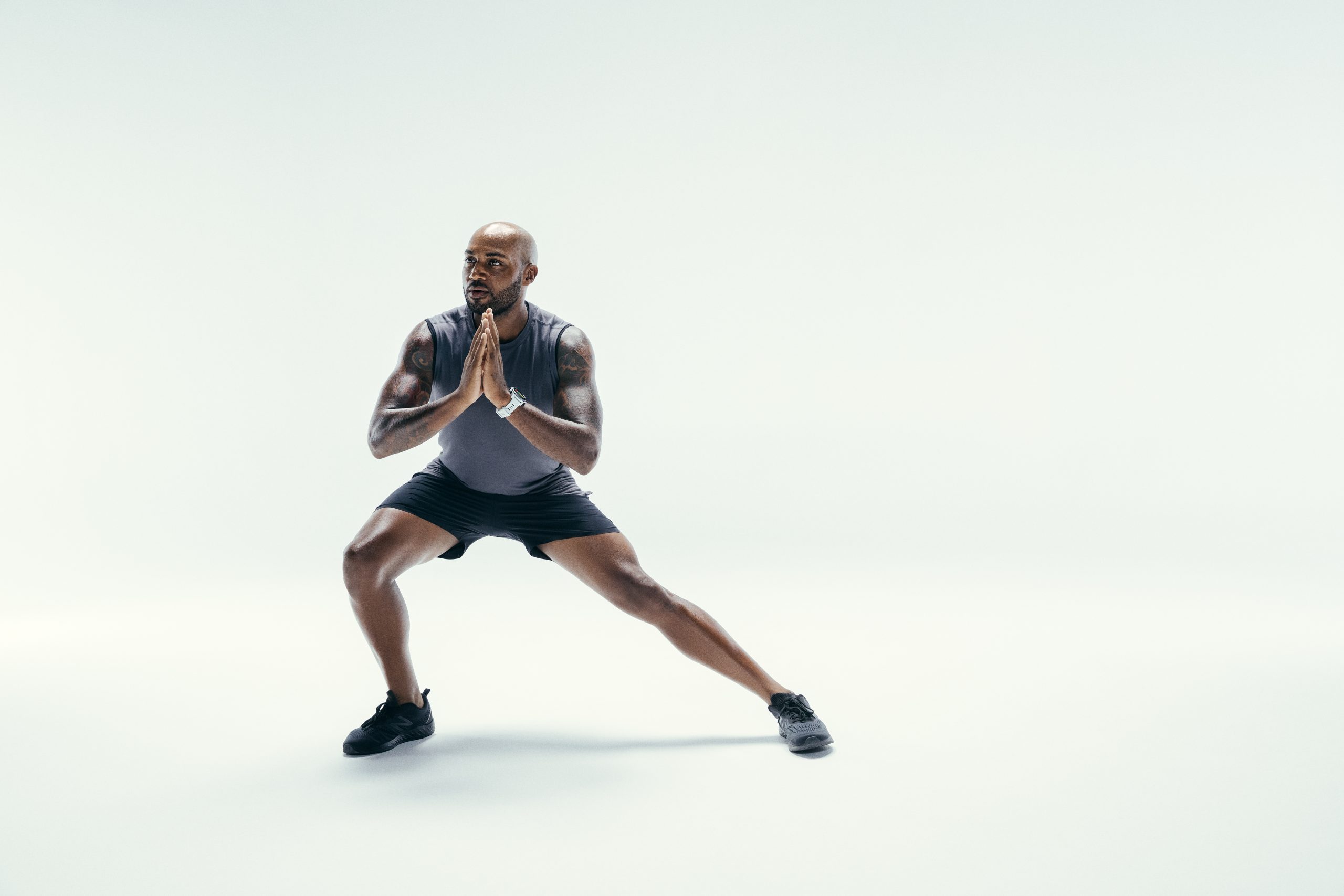Surely all of the miles and hours you have accumulated on the saddle are enough to make you good at cycling?! The short answer is no. As a cyclist, you are trying to become a multifaceted athlete which includes building systems other than cardiovascular endurance. In order to bring the best out of yourself, the addition of supplemental cross-training can enhance your capabilities on the bike. Cross-training can also be used as an aid in injury prevention, maintaining fitness while taking a mental break from cycling, or in recovering from injury. In performance-related training, especially at high levels, you are riding a fine line between high-level performance and potential for injury, this is where cross-training can become a benefit.
Benefits of Cross-Training
Almost every cyclist can become a better athlete with the addition of cross-training into their training plan. Whether you are looking to increase general endurance or to sustain fitness over the span of an injury, cross-training offers many benefits to a training program.
If you find yourself unable to train on the bike, additional training modalities will be necessary to keep up with your cardiovascular endurance as well as muscular strength as best as possible. Perhaps it is not an injury that brings you to search for additional training modalities but to add supplemental training without increasing load to act as injury prevention. A very incomplete list of additional alternative endurance training activities/sports that can be used to substitute or add additional general endurance training sessions include the following:
Walking/Hiking
Cross country skiing (classic & skate) and roller skiing
Swimming
Stand Up Paddleboarding, Canoeing, Kayaking
Rowing
Aqua jogging
The addition of cross-training can add to a cyclist’s cardiovascular endurance without the increased load that comes with excessive hours spent on the bike. For example, cyclists can supplement with trail runs to add load to their lower limbs. Since cycling is predominantly categorized as a non-weight-bearing sport, exposing your musculoskeletal system to load can help not only with cardiovascular improvements but bone health and tendon health due to the mechanical loading. Implementing running to a cycling program should be done with caution, especially if the athlete is new to this type of loading. Too much too soon could result in injury.
Cross Training also can break up the monotony of performing the same activity day in and day out. While this may not always be the case with every cyclist, sometimes heading out for a challenging hike or trail run can help refresh not only the body but the mind as well. Leaving you eager and excited to tackle tough workouts ahead on the bike.
Reduced Risk of Injury
Individuals who have a higher risk of injury or are more prone to an injury are ideal candidates for cross-training. Cross-training can include but is not limited to the elliptical, aqua-jogging, cycling, swimming, etc. This will increase fitness as well as increase the work done by different muscle groups that are not typically used. This type of training is not limited to cyclists alone and can be implemented for any sport.
Strength Training
While some may view strength training as a part of their routine already, for many this can be a new addition to add to their arsenal. Strength training is not solely for athletes looking to gain muscle mass and absolute power. Strength training can help reduce injury risk, increase endurance, improve movement efficiency, and delay time to fatigue. For cycling specifically, strength work can help to increase your power output through increasing neuromuscular connections as well as improving your ability to produce power under fatigue. This type of cross-training can be extremely beneficial for specific events that require power such as criteriums, sprints, and certain track cycling events.
Supplemental Movement (Yoga, Pilates, etc.)
In addition to cross-training and strength training, additional movement and core activities can be added to your schedule to help work on areas of weakness. Adding in supplemental movement training will be determined the time available given your current weekly training hours.
One example of supplemental movement would be the addition of yoga. Yoga can be used as strength training, since certain types of yoga focus on bodyweight strength work and can focus on the upper body, lower body, or core. Yoga can also be implemented if you are looking for increased mobility or flexibility. Certain yoga classes, such as yin yoga, focus on stretching and holding poses for minutes at a time.
Pilates can be great for athletes who need additional help with increasing pelvic stability, strength, and control. This form of focused movement helps individuals work on deep abdominal muscles, as well as increasing an individual’s entire “core.” The core is not simply the six-pack muscles, but all of the muscles that work to stabilize the trunk which is necessary for any and all training to help reduce injury and produce power. When it comes to cycling, the core can be seen as the power transfer station. Without your core, all power that is produced can be lost or wasted when translating into movement. Pilates can help strengthen the entire core as well as help athletes learn how to activate deep muscles prior to training in order to make that training session more effective.
Yoga and pilates can be considered additional activities that can help improve athletic movements, increase core strength, and help to reduce injury.
Always keep in mind that all cross-training activities are to be used to supplement your training. Cross-training should not be used to take away from your main focus of the work done on the bike. This type of work should also be specific to the goals you have as an athlete, and you should treat these sessions as you would any bike-specific workout; ensuring they are serving as a purpose towards your larger goal.




